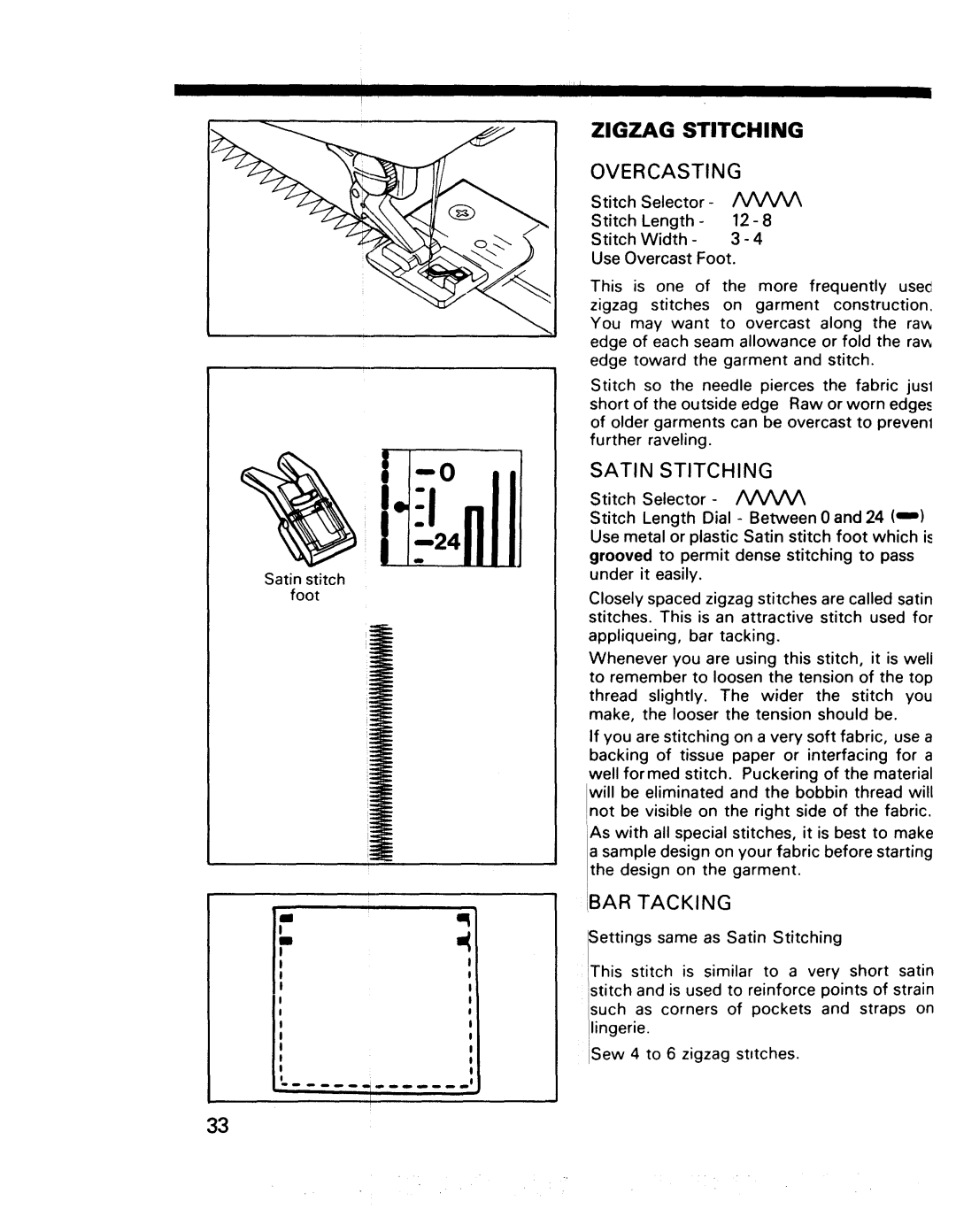17922, 17920 specifications
The Kenmore 17920 and 17922 are standout models in the Kenmore vacuum cleaner line, designed to cater to homeowners seeking powerful performance, enhanced usability, and innovative features. Both models are bagless upright vacuums, generating significant appeal for their advanced cleaning capabilities and user-friendly designs.One of the main features of the Kenmore 17920 and 17922 is their powerful suction technology. Equipped with a high-performance motor, these vacuum cleaners efficiently capture dirt, dust, and debris from a variety of surfaces, including carpets, hardwood floors, and upholstery. The cyclonic suction technology in both models ensures that suction power remains strong throughout the cleaning process, preventing loss of effectiveness as the dirt container fills up.
The unique 2-in-1 design of the Kenmore 17920 and 17922 further enhances their versatility. With the ability to convert from an upright vacuum to a canister vacuum, these models allow users to handle a variety of cleaning tasks with ease. The convenient detachable canister is particularly useful for reaching tight spaces and above-floor cleaning without hassle.
Another key characteristic of these vacuums is their advanced filtration systems. Both models come with HEPA filtration, which effectively captures allergens and fine particles, making them an excellent choice for homes with allergy sufferers or pets. The washable filters are also a cost-effective feature, allowing for easy maintenance and prolonged performance.
In terms of usability, the Kenmore 17920 and 17922 are designed with user comfort in mind. They are equipped with ergonomic handles and lightweight constructions, making them easy to maneuver during cleaning sessions. Additionally, the long power cord and wide cleaning path allow for more extended cleaning without the need to constantly change outlets.
The added convenience of onboard tools, such as a crevice tool, dusting brush, and upholstery tool, make these vacuums capable of tackling various cleaning tasks around the home. With a focus on innovative technologies and excellent performance, the Kenmore 17920 and 17922 are perfect options for anyone looking to maintain a clean and healthy living environment. Their combination of powerful suction, versatile design, advanced filtration, and user-friendly features makes them reliable tools for everyday cleaning needs.

